PRODUCT OVERVIEW
Unlock AI-powered product insights
from your data warehouse
With Kubit, capture full customer journey analytics directly from your existing data warehouse. No ETL or data ingestion needed.

Watch the Kubit Walkthrough:
Self-service data modeling
Kubit's self-service data modeler allows you to make Schema changes, create Dimension Tables, add Custom Join Conditions, and more—all without ETL or data duplication.
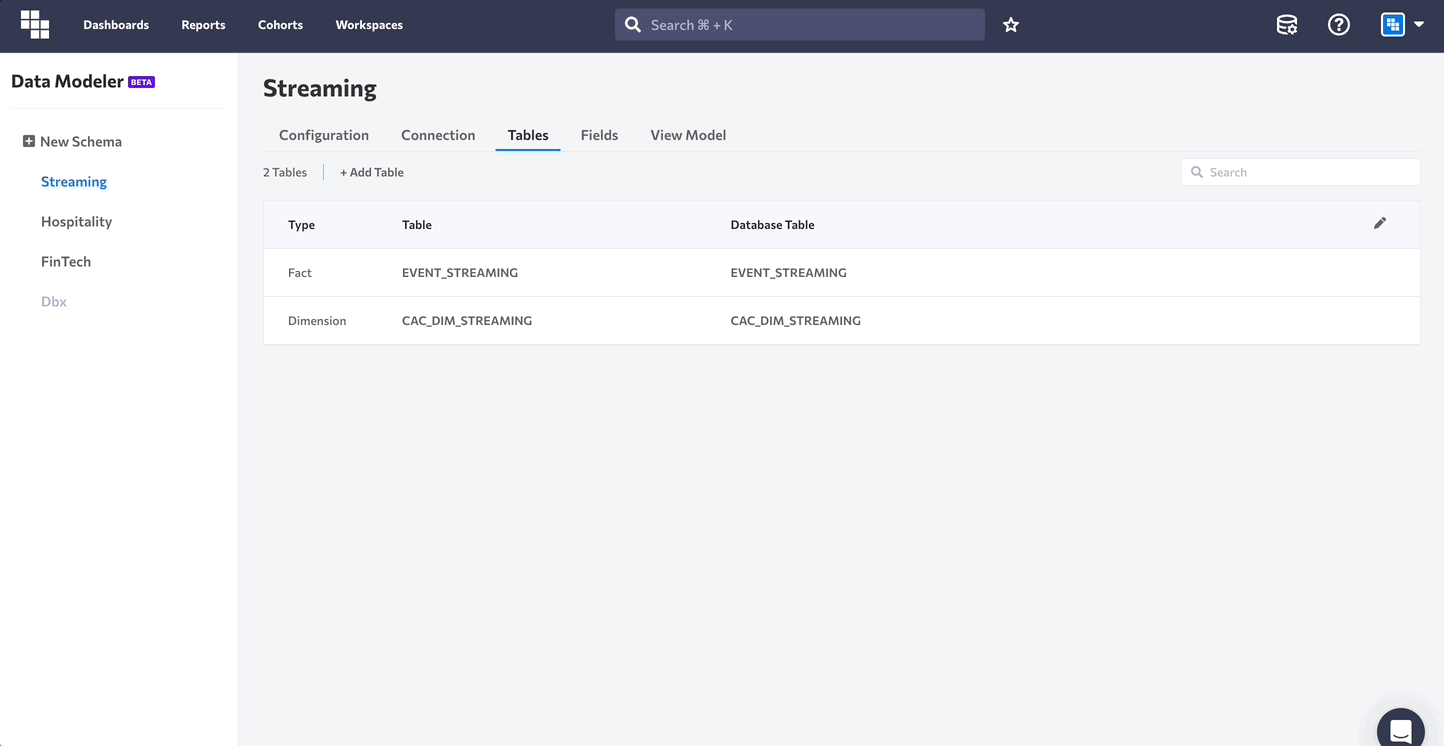
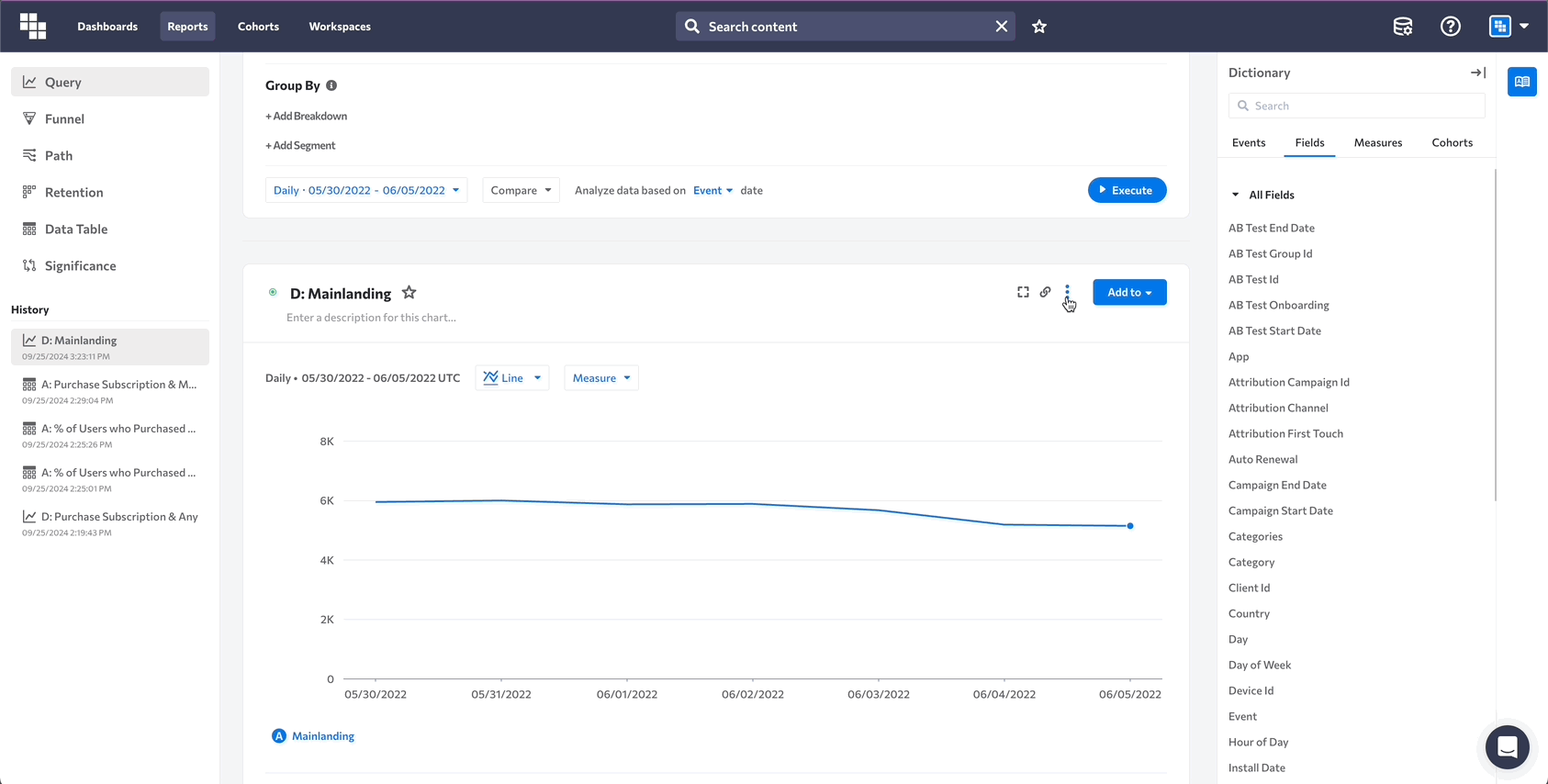
View SQL behind reports
Unlike other analytics platforms, you can generate the SQL behind any report with Kubit. This allows you to have full confidence in the integrity of your data—keeping your existing warehouse the single source of truth.
Full customer insights
From acquisition to retention, Kubit delivers complete insights into every step of the customer journey. Get answers to questions that enable you to improve the product experience and increase your customer base.
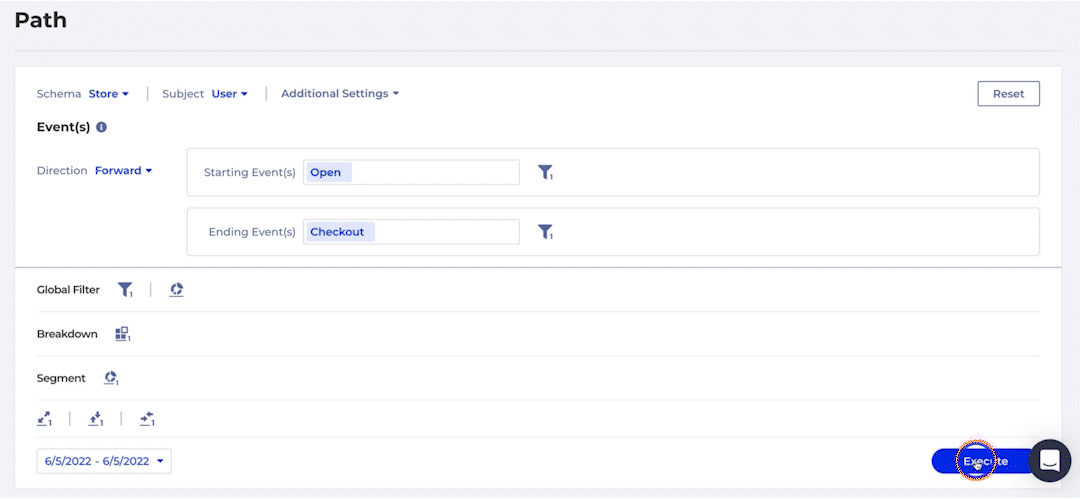
Take Kubit for a Spin:
Key Features:
Time series analysis
Visualize metrics over time using Kubit’s Query report. You can break down metrics by valuable data points to quickly surface high and low performance. Drill deeper into each data point for granular information. Data can be visualized using line bars, stacked bars, or pie charts.

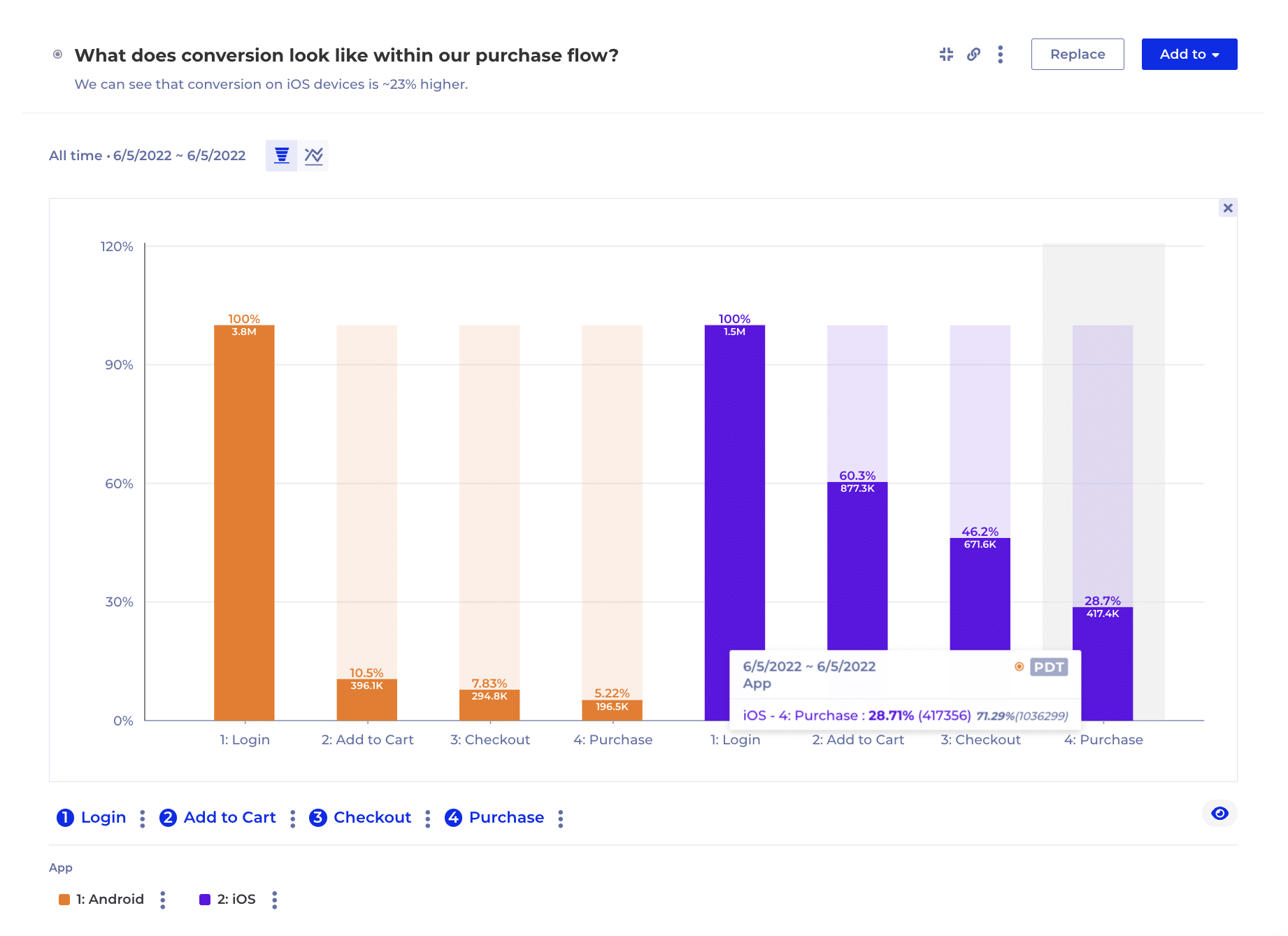
Funnel conversions
Understand how customers are converting through key flows within your product. Within a funnel, you can see drop-off and conversion metrics with the ability to break down or segment funnels based on additional data. Data can be visualized using traditional conversion, conversion over time, and frequency before conversion.
User retention
Learn which users return, or never come back to utilize core features and how consistently they retain in the following days. You can construct a retention model that fits your needs as well as decide how you want to visualize this critical metric whether it be retention or churn rates. You are able to analyze your Retention Model as a standard retention curve, retention over time, or usage intervals.
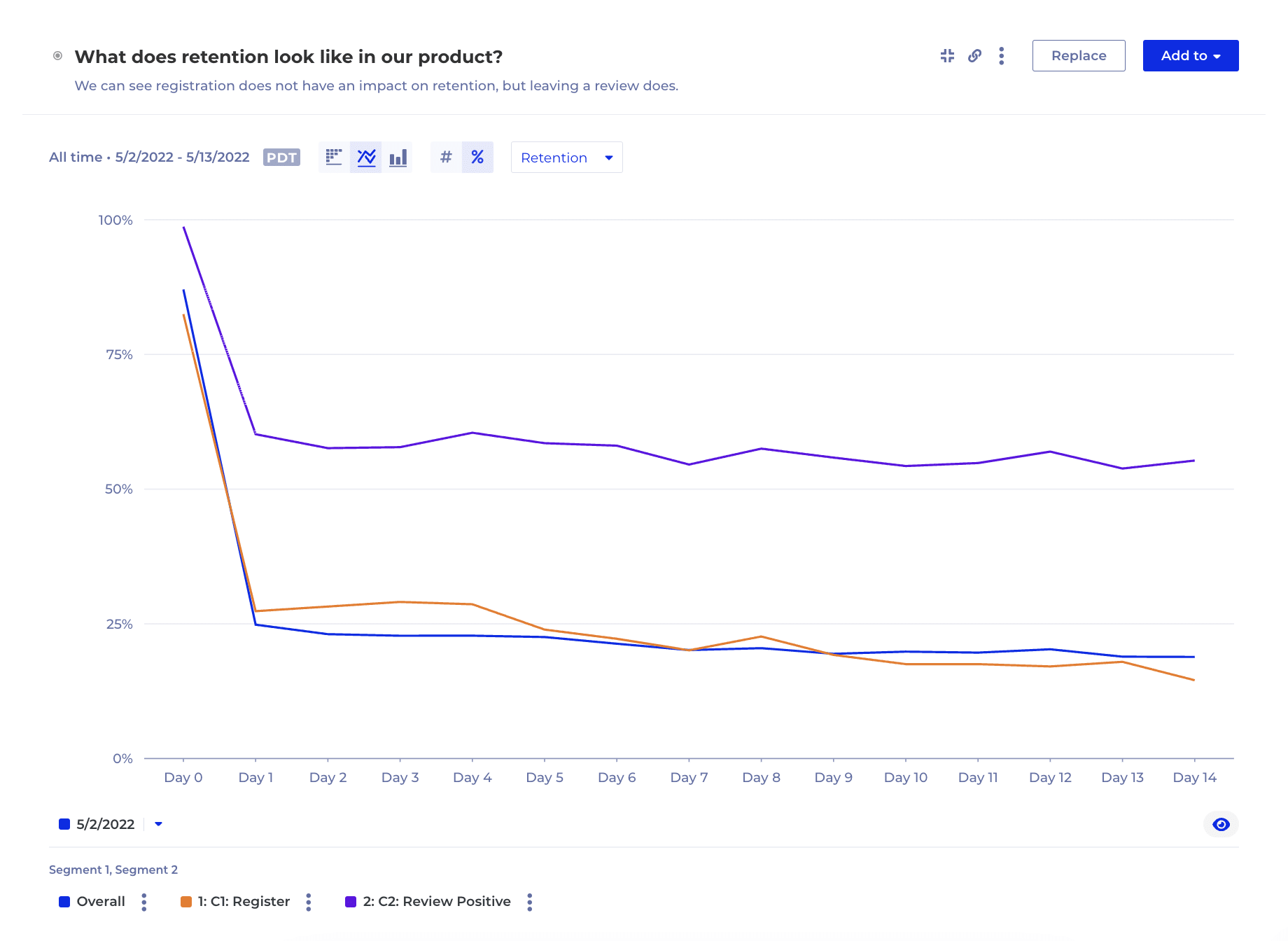
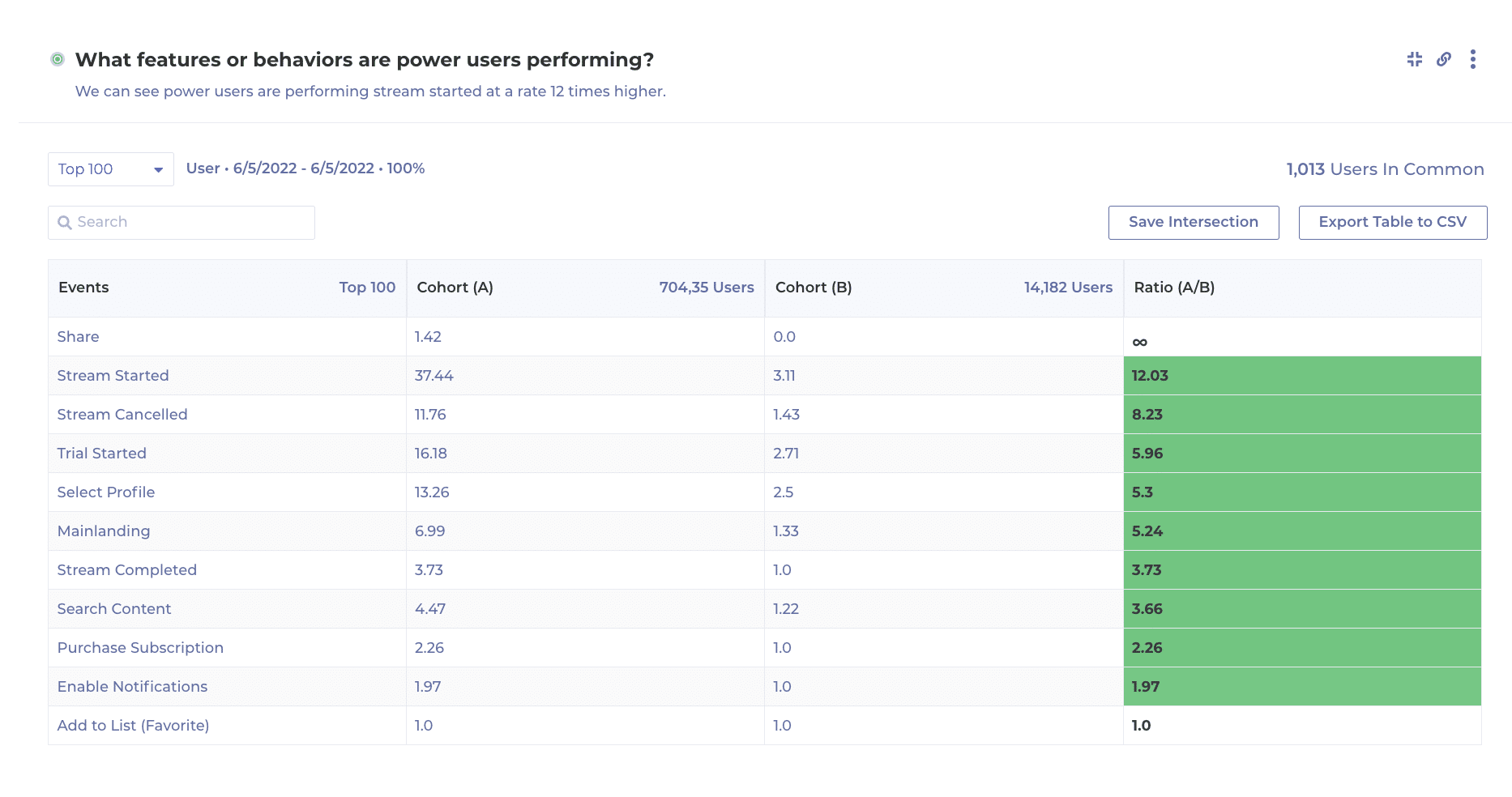
Behavioral cohorts
Further analyze individuals contained within your data points. You can create cohorts on the fly or by defining them in the Cohort builder. Once a cohort is created, you can reuse it as a segment in any analysis, compare two cohorts, or sync them to a third-party tool to drive targeted outreach.
Case Studies:

Explore how Serko increased data visualizations 10x by leveraging self-service analytics.

Explore how Thrive accelerated time-to-insights by 95% with a flexible, agile analytics solution.
Test Kubit with Your Data:
You bring the data. We’ll bring the insights.
Setup starts with one quick call, and we’ll show you real results in as little as 10 days.
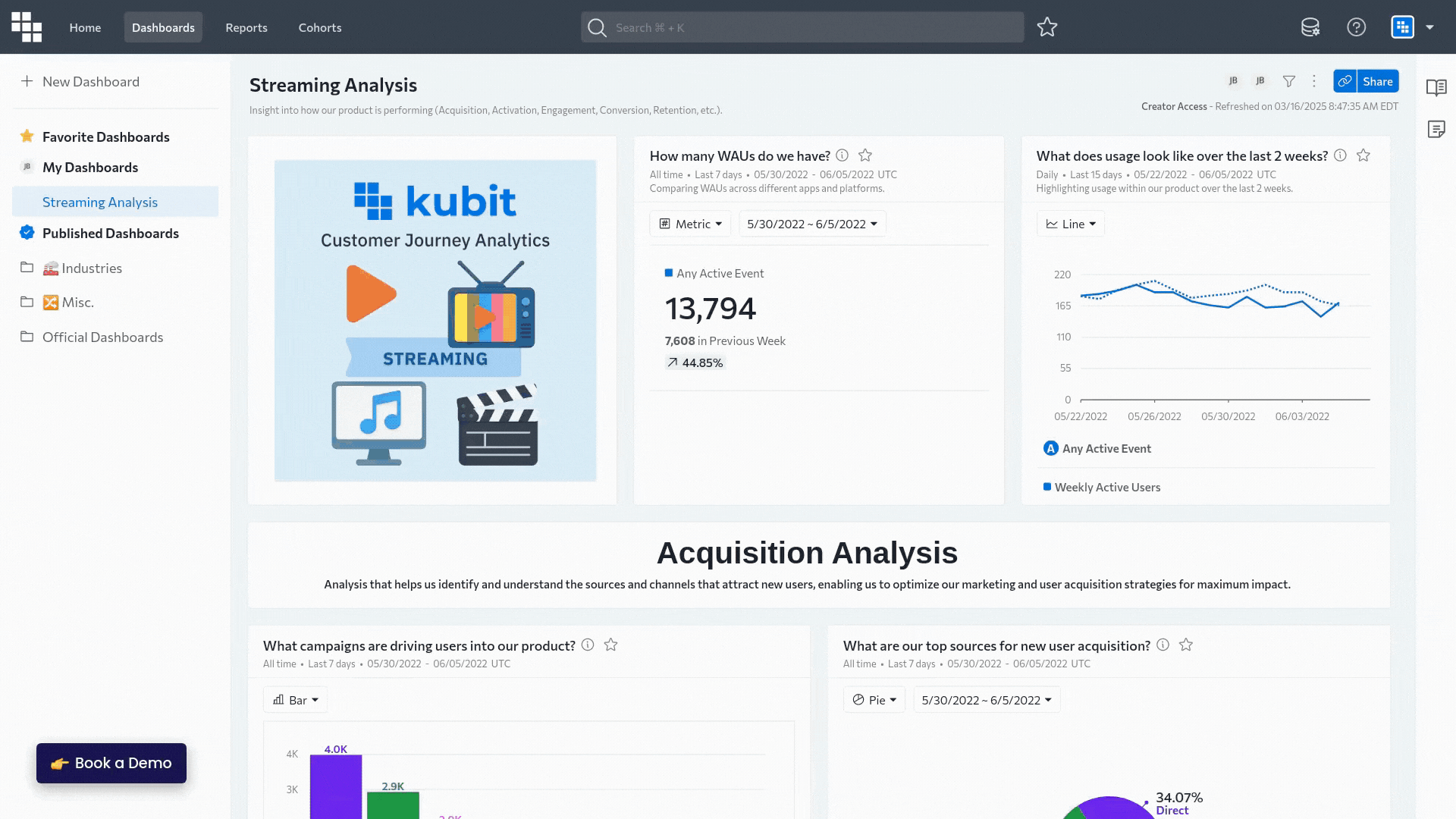
Book Your Free Trial
Explore Our Latest Blogs:
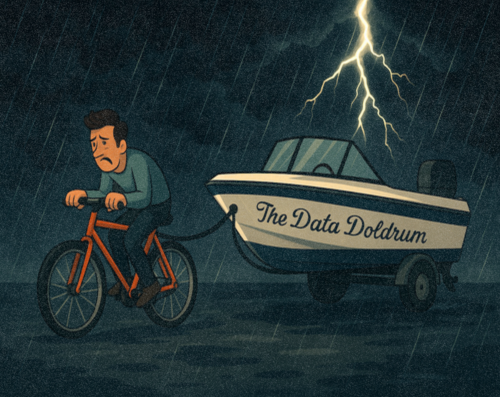
Trying to run all of your analytics in Tableau is like towing a boat with a bicycle. I love the bike – it’s perfect f...


LOS ALTOS, CA – August 7, 2025 – Kubit, the leading customer journey analytics platform, today announced the launch o...

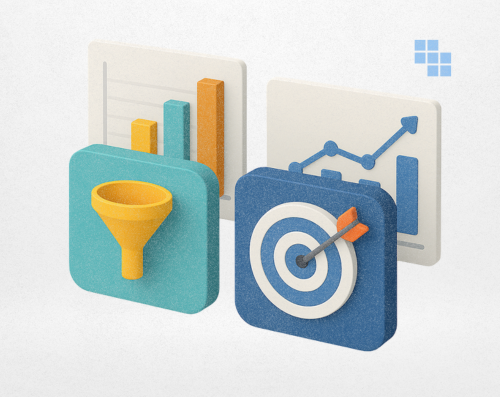
In today’s data-rich enterprise environments, analytics are essential — but not all analytics are created equal. To e...


Designing Products That Adapt to People, Not the Other Way Around Too many products ask users to adapt. They introduc...




